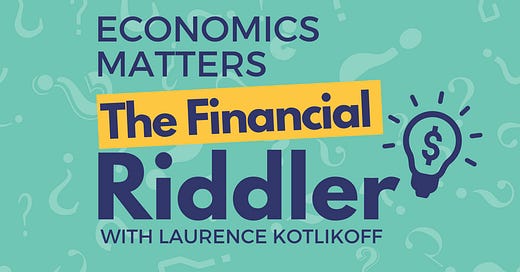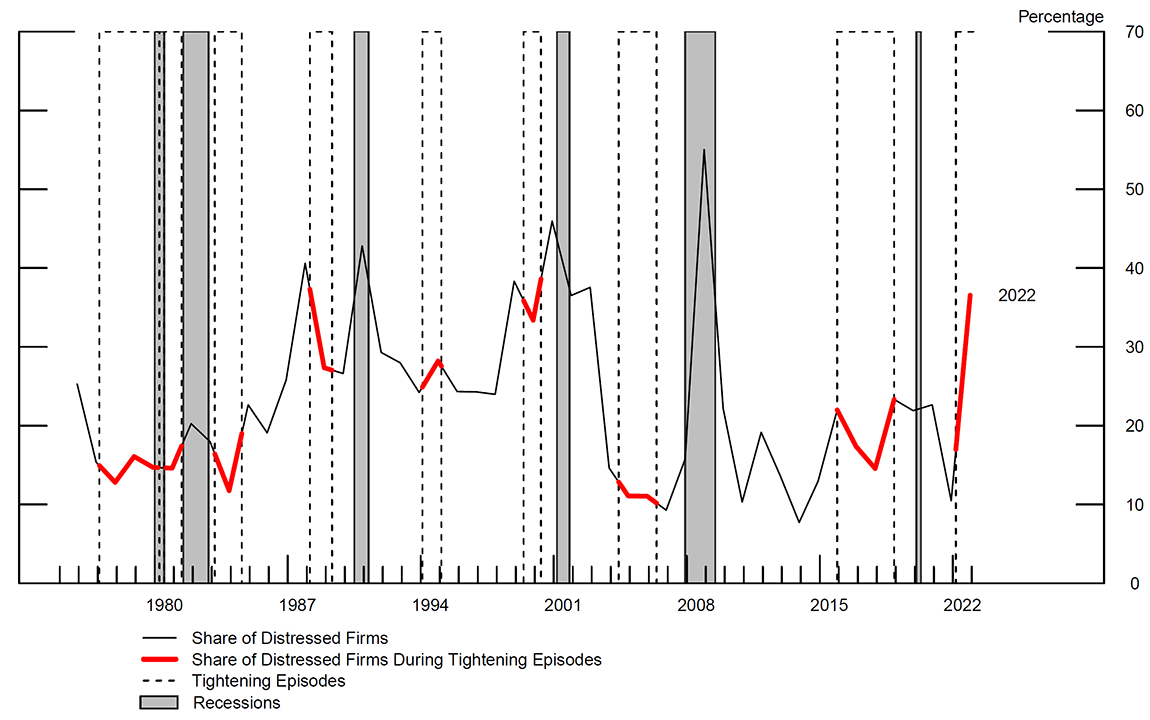Does global investment in solar energy now exceed global investment in oil?
a. Yes
b. No
And the answer is ….
The answer is yes. Investment in both types of energy is close to $400 billion per year, with investment in solar slightly edging out investment in oil.
What is the share of married couples in which one of the two spouses doesn’t work?
a. 10 percent
b. 20 percent
c. 33 percent
d. 50 percent
e. 75 percent
And the answer is ….
The answer is roughly 33 percent. This means these spouses aren’t accruing a Social Security earnings record on their own. If they don’t remained married for at least 10 years, they won’t be entitled to divorced spousal benefits on their working-spouse’s record. Nor will they be able to collect divorced widow(er)s benefits on their ex if they pass. Why force a non-working spouse to remain married for 10 years before gaining any claim on the working spouse’s Social Security? Well, gee, maybe the old white guys who wrote these rules wanted to financially trap their wives into staying with them for at least a decade. These same old white guys specify that a divorced spouse who was married for 10 or more years still can’t collect on a dead ex if they remarry before age 60. This is revenge beyond the grave. But once the woman has reached 60 and, presumably, “lost her looks,” then remarriage is penalty free. Social Security is, in practice, incredibly sexist. That’s one of many reasons why it needs to be fundamentally reformed.
What is the approximate current share of non-financial firms experiencing financial stress, i.e., that are close to default?
a. 10 percent
b. 20 percent
c. 30 percent
d. 40 percent
e. 50 percent
And the Answer Is …
The answer, according to a recent Federal Reserve paper, is 40 percent. According to Apollo Investment’s Chief Economist, Torsten Slok, this is a major warning sign of impending recession.
Let me quote, Torsten, who has appeared on Economics Matters — the Podcast twice, once on ? and once on ? . This new Fed piece suggests that a slowdown in the economy is imminent. “The share of non-financial firms in financial distress has reached a level that is higher than during most previous tightening episodes since the 1970s. What are the consequences of a high share of distressed firms—i.e., firms close to default—for the transmission of monetary policy? In this note, we show that firm investment and employment respond strongly to contractionary monetary policy when firms are in distress. Our results suggest that in the current environment characterized by a high share of firms in distress, a restrictive monetary policy stance may contribute to a marked slowdown in investment and employment in the near term.”
What share of silicon ingots and wafers that are the core of solar panels is produced in China?
a. 23 percent
b. 51 percent
c. 63 percent
d. 81 percent
e. 97 percent
And the answer is …
The answer is 97 percent! According to the FT, China’s making eight of every 10 solar panels world wide and installing five of 10 in China. This year, China will install more solar than has the U.S. since 1970.
What share of 4th grade inner-city Black children read at grade level?
a. 10 percent
b. 15 percent
c. 25 percent
d. 50 percent
e. 75 percent
And the answer is …
The answer is 25 percent according to a Robert Cherry, whose column, appearing in Glenn Loury’s substack newsletter, on policy post college affirmative action stresses the need for early childhood intervention. Cherry also references a study by Anthony Jack finding that half of Black students who attend top US universities are graduates of private schools. There is also evidence that two in five Ivy League black students are descendants of recent immigrants even though they represent only one tenth of the US Black population. Given the Supreme Court’s ban on race-based college affirmative action, the path to higher representation of Black students in elite universities and colleges surely lies at the early, not the later stages of education and development. A relatively recent Brookings Institution study suggest a massive gap in the amount of time Black children and white children spend doing homework and attending school. One almost costless, but potentially highly effective means of equalizing education at all pre-college levels is for the Department of Education to provide an online library of courses covering all subjects at all grade levels delivered by our very top teachers. This will help, not eliminate by any means, our nation’s endemic educational inequality. These courses could and would be used in public schools and by parents in assisting their children’s early educations.





